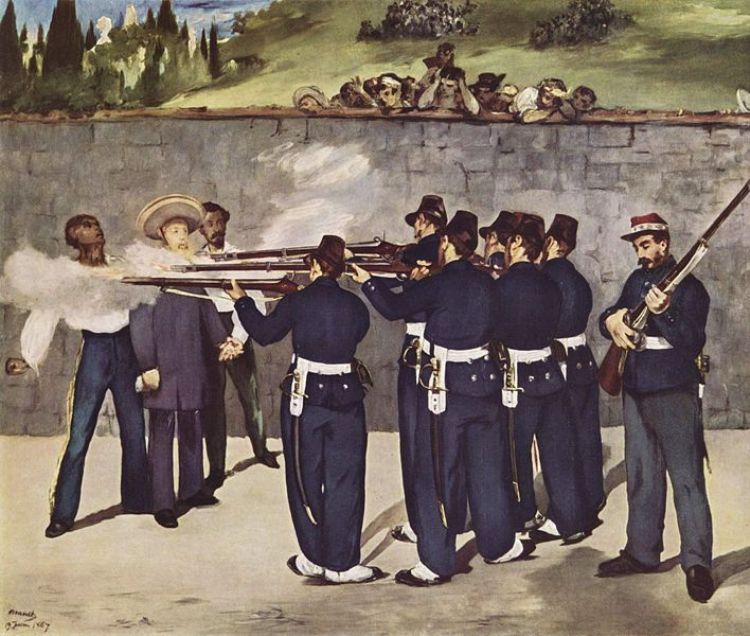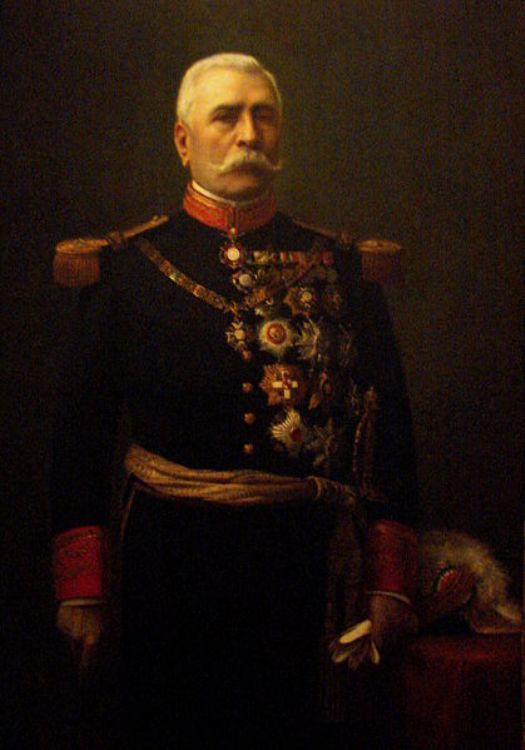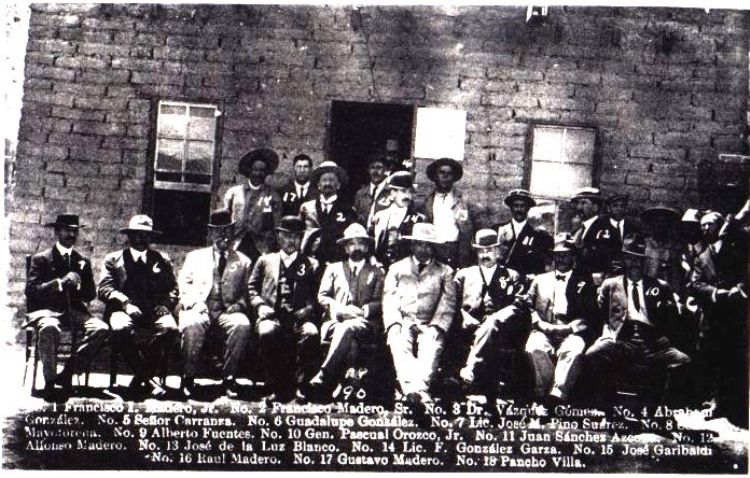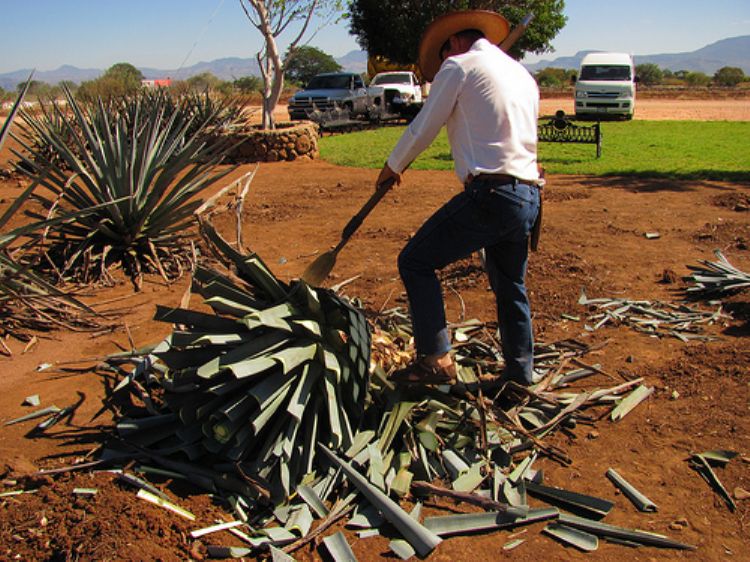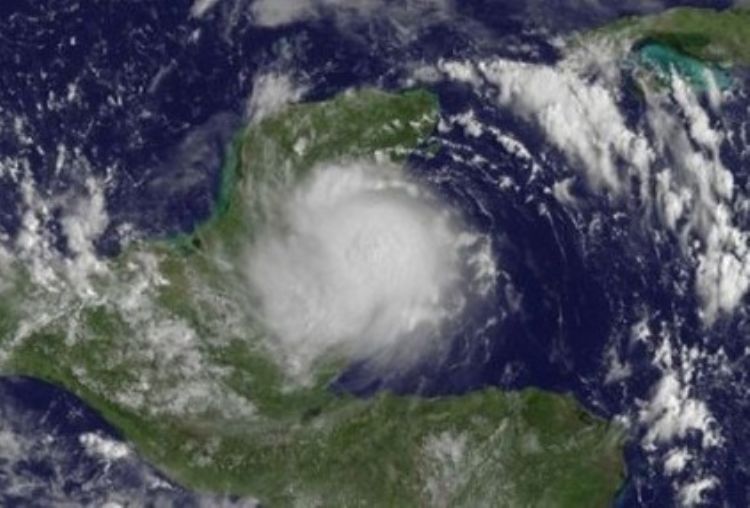Drug Trafficking in México
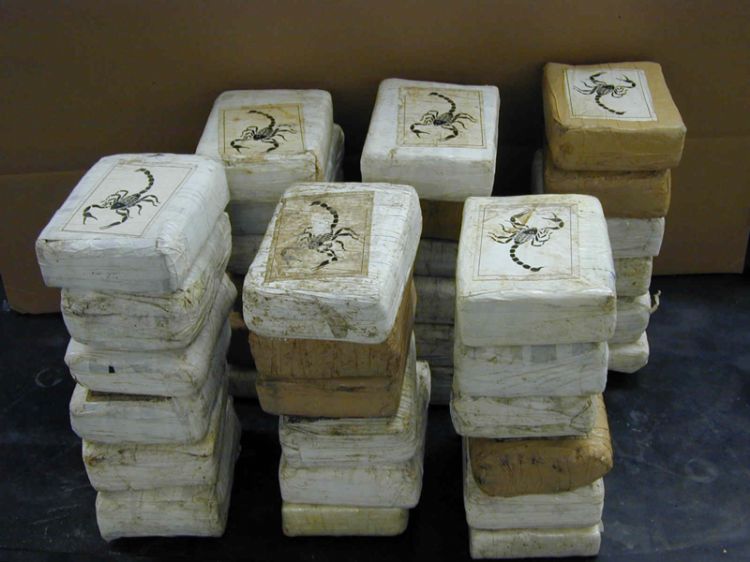
The drug trafficking is an activity that involves creation, transportation or marketing of illicit sub-stances (usually drugs), is a crime that people and governments have fought against because it has a wide connection with other crimes: human trafficking, arms trafficking, money laundering, corruption, murder, among others. Also, there is the fact that using drugs reduces people´s health as well its economic consequences such as rising inflation (illicit money is one of the reasons) and abandoning of regular activities by the population to engage in illegal activities.
The use of psychotropic substances is as old as civilization itself and reference of substances like hashish, sulfur, laudanum and opium is made as early as the year 5000 BC. To prevent abuse on mass of drugs and their impact on society, already in Rome there were attempts to regulate banned substances. An example of a country that was affected by the drug trade in the nineteenth century is China, England (and later Spain) was the supplier of the substance, changing it frequently for silk and spices. A large population of addicts was created (with its consequences such as increased crime, lower productivity, etc.) in China and the emperor tried to prevent the sale of Opium, the European opposition triggered the Opium War against the country.
Modern cities with a population more profitable that has more free time thanks to technological advances, better quality life and even more comprehensive approach have make this market re-gained importance in recent decades. According to the UN the number of potential costumers is so big that 7% of the population have ever tried an illicit drug and is estimated that market value was approximately over 100 billion dollars by 2010.
Precisely the largest consumer and thus the most attractive market for the selling of drugs is the United States, so the routes are outlined to approach and reach their final destination of the "goods" there. In the 80s and 90s the unfortunate leadership of Colombia in cocaine production was evident, where it was cared and proceeded by farmers.Then, the entrance to Mexico´s territory was by different sites, mainly the ports, such as Cancun, Guerrero, or the Caribbean.
Because the operations organized by the US government, the capture of the main leaders like Pablo Escobar and the brothers Ochoa Vazquez etc, the increase of US supervision in Colombian politics and our own factors such as low economic growth, lack of gainful employment and enor-mous territorial areas without supervision, Mexico became from being a mere transit country for drugs, to a producer.
It remains to mention the phenomenon that occurs in the southern border, where drug gangs come and go with their merchandise since the southern border has almost no supervision. Besides the production of synthetic drugs can be carried out almost anywhere and therefore it is impossible this be controlled by a single group. However for the production of the same, materials are needed and are called precursors, which are often stolen from the pharmaceutical industry by armed groups, although there are cases of complicity and selling precursors to the narcos. This events provoked that in early 2000 ephedrine and pseudoephedrine were banned to use in medical industry.
It should be noted that cross the border between Mexico and the United States is then the ultimate goal of the Colombian and Mexican production. At customs offices, ports and airports drug is transported in multiple ways: people, cars, trucks, simulating sending legal goods like fruits, food, electronic products, handicrafts, etc. wherever is possible to hide the substances.
For many reasons, drug trafficking has become an economic, political and social problem for both, the producer and consumer country, as among many other consequences it brings family breakdown and physical and mental destruction of individuals. It is also Involved in corruption net-works and its main advantage is the economic power that moves countries, authorities and ordinary citizens.We have to point out also the ongoing armed conflict between the several groups that disputed territory, including continuous shootings, kidnappings and murders of the "soldiers" of the other group. Certainly crimes that affect the civilian population as they are victims among the crossfire.
There is a great effort of governments of all levels to face the problem form multiple instances: social programs aimed at preventing usage of drugs in schools, monitoring of areas where people at greater risk (young people) is located, or the struggle to identify the âcontactsâ of the criminals among the authorities. Traffickers tend to seek protection (with consent or not) of the same authori-ties that fight against them. Immobilization of their economic resources is a very good tactic when dealing with drug trafficking.
However a curious movement has appeared, the trend to turn the criminal into a hero either by their actions to improve their community, generating an economic activity or simply because it is the one that opposes the government many view as repressive, corrupt or abusive . This can eventually be dangerous for the stability of a society that seeks to keep away their members of crime The paradox is that you should not admire someone but unless you want to imitate him/her. It certainly is an issue which could be deepened, so please check other articles of this page:
http://www.explorandomexico.com/about-mexico/9/170 Main Drug Cartels and Groups in Mexico
Artículo Producido por el Equipo Editorial Explorando México.
Copyright Explorando México, Todos los Derechos Reservados.
Fotografía tomada de Wikipedia.Org Ver Autor y Licencia

